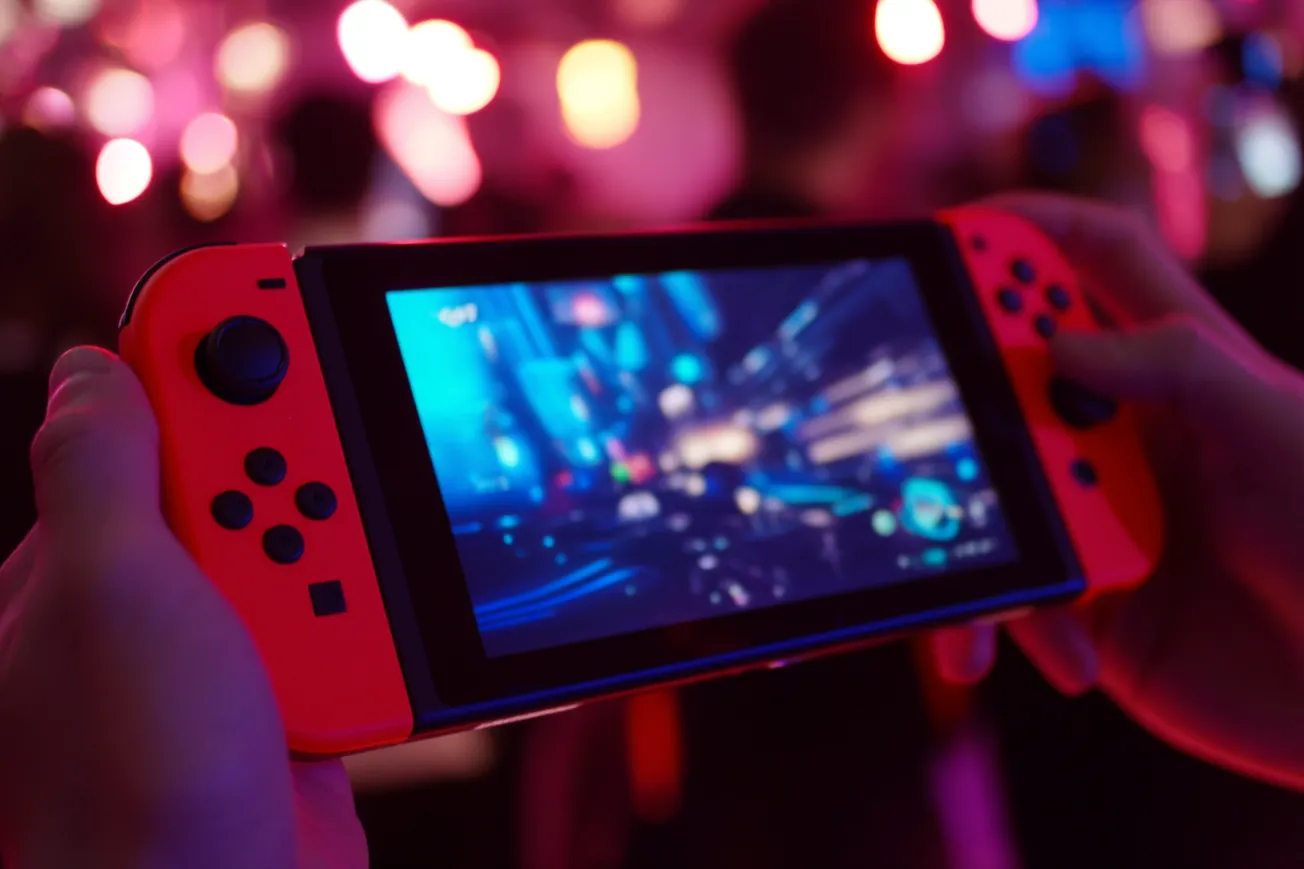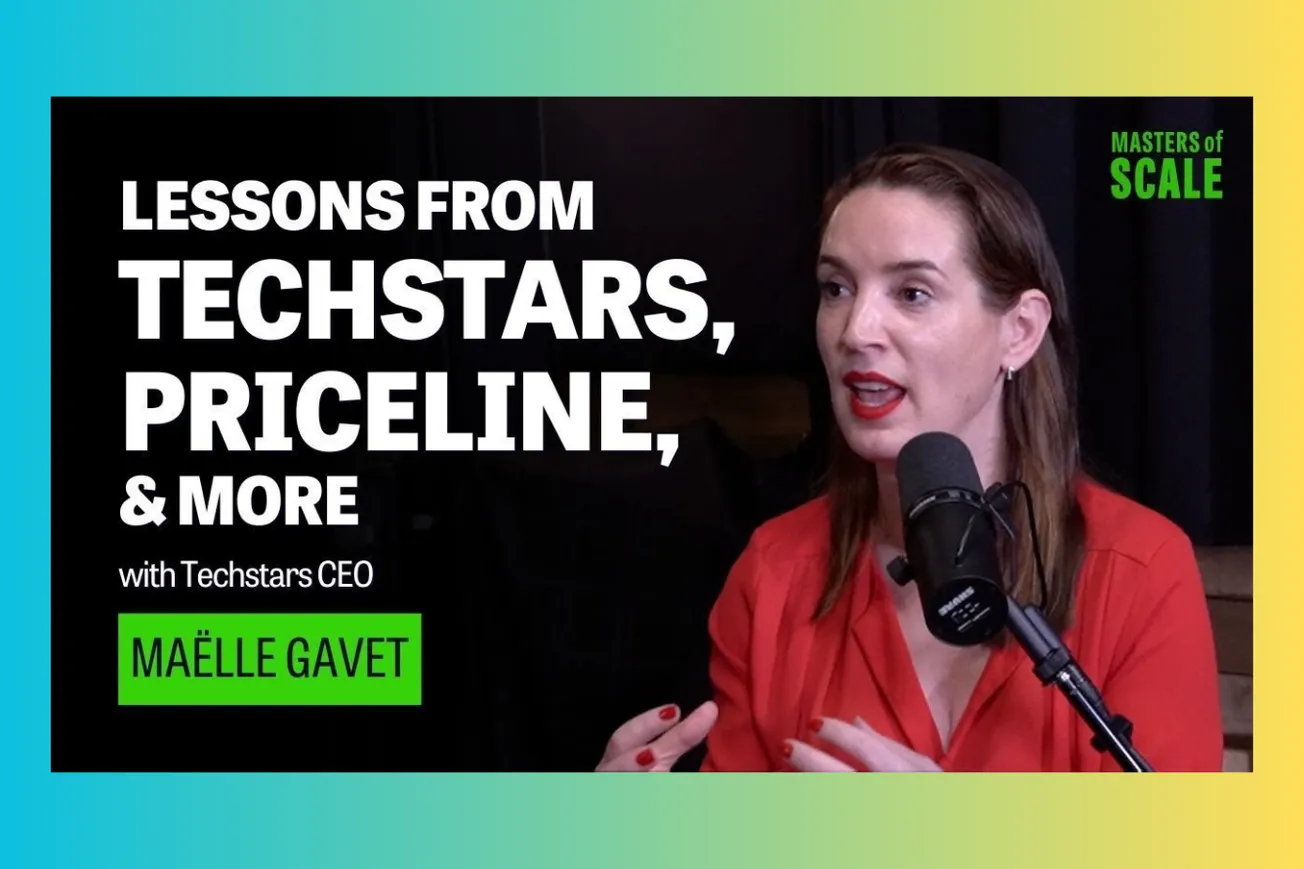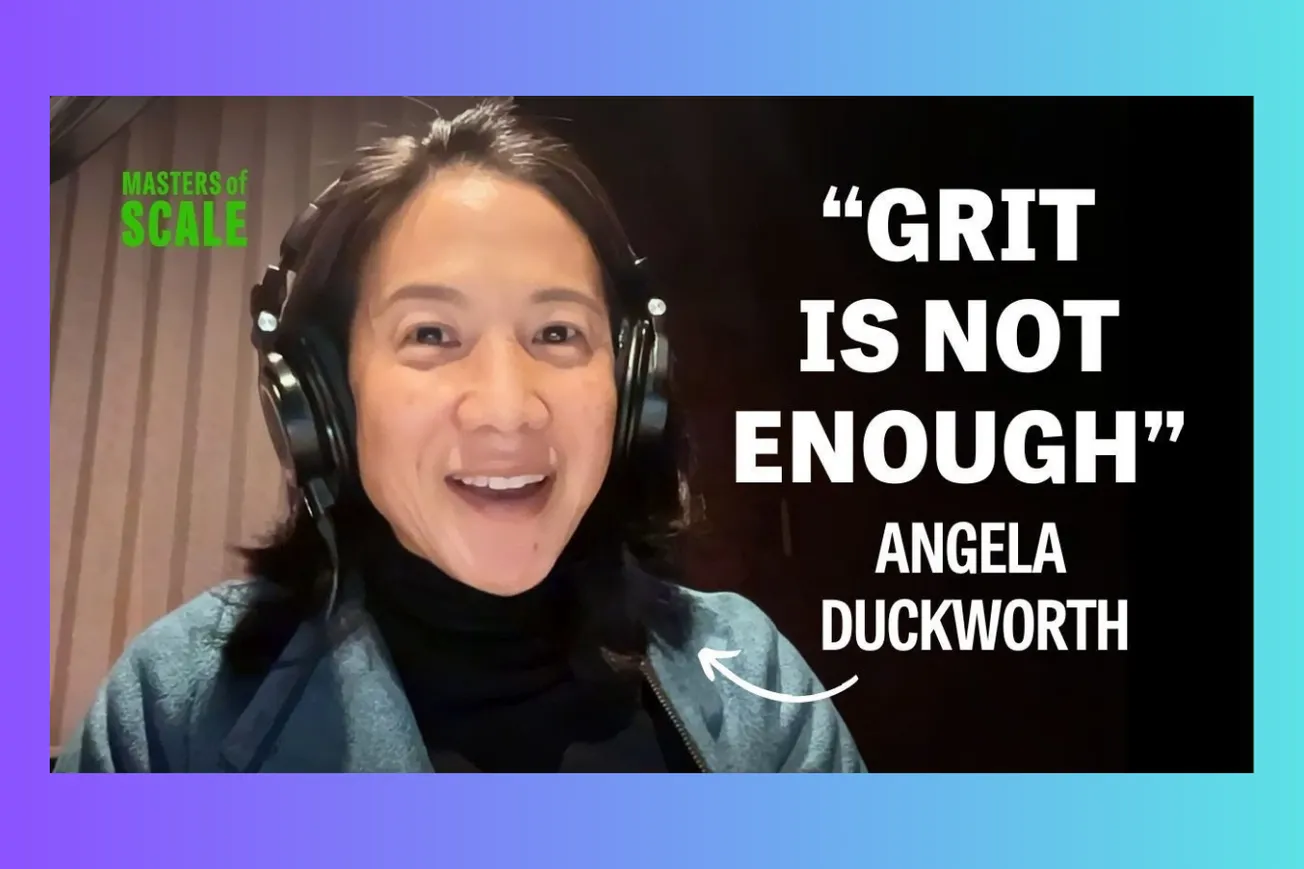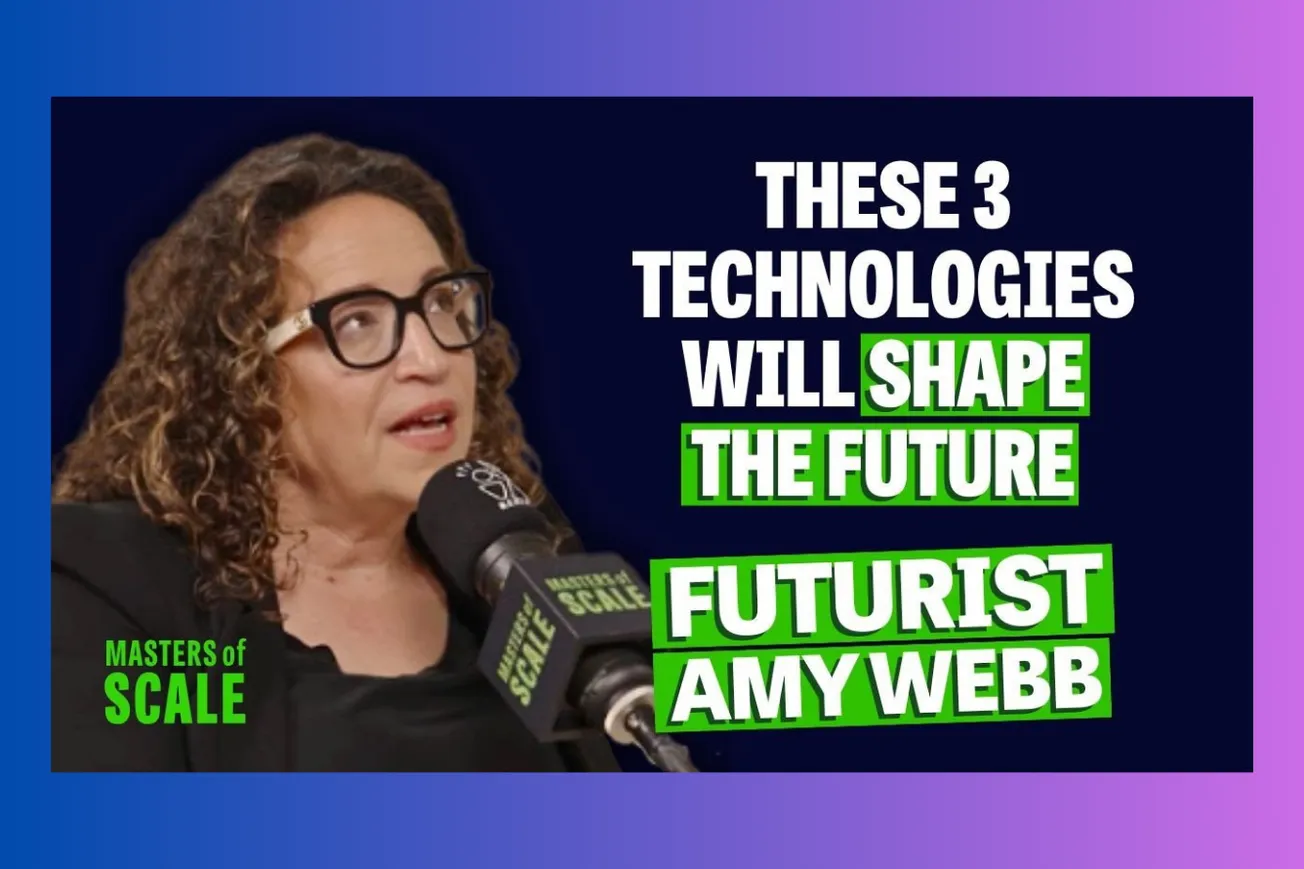Table of Contents
Key Takeaways:
- Nintendo's Switch 2 arrives at a critical juncture for both the company and the gaming industry, which has struggled with stagnant revenues since the pandemic boom
- Priced at $449.99 — a significant 50% increase over its predecessor — the console tests the loyalty of Nintendo's devoted fanbase while establishing a new premium price point that could reset industry economics
- The launch has been complicated by Donald Trump's new tariffs on Vietnam and Cambodia, where Nintendo shifted production to avoid Chinese trade tensions, forcing the company to suspend US pre-orders
- Industry analysts see the Switch 2 as a bellwether that could influence whether gaming's future lies in dedicated gaming hardware, portable devices, or cloud-based solutions
- Despite challenges, Nintendo's history of resilience and innovation suggests the company will adapt and potentially thrive, with first-year sales projected to exceed its predecessor by 10%
In a small, fluorescent-lit shop called Super Potato nestled in Tokyo's labyrinthine Akihabara district, Paul Fuary, a 40-year-old nurse from Brisbane, Australia, carefully examines vintage Nintendo cartridges under glass. Around him, gaming treasures command eyebrow-raising prices — ¥45,900 ($310) for original Pokémon games, ¥20,680 ($139) for Metroid Fusion. Fuary already owns a Switch, along with an Xbox and PlayStation 5, but he's hesitant about Nintendo's latest offering.
"Sure, it's got great features but Nintendo is normally for kids or for the family. At those prices, it's getting hard to convince them to buy that," he says, echoing a sentiment spreading across gaming forums worldwide since last week's unveiling of the Switch 2.
The moment was supposed to be triumphant. After all, the original Switch, launched in 2017, became the comfort blanket of the pandemic era, selling over 150 million units and introducing generations of players to the company's enchanting universe of characters. Instead, Nintendo's announcement landed with what corporate Japan might consider unfortunate timing — on exactly the same day Donald Trump walked into the White House Rose Garden and unveiled sweeping new tariffs targeting several of Nintendo's manufacturing bases.
Within 48 hours, Nintendo suspended US pre-orders of the Switch 2, becoming one of the first high-profile casualties of what many fear could be a new era of trade uncertainty. The 135-year-old Kyoto-based company that began making playing cards in 1889 now finds itself at the center of both industry transformation and geopolitical turbulence.
"Nintendo's console is a kind of democratization and proliferation of gaming," explains Andrew Szymanski, a Tokyo-based gaming industry executive who developed games for the original Switch. "Because it's not for the super-hardcore gamers, it has the broadest demographics of any machine."
Therein lies the challenge and opportunity. The Switch 2 represents a massive bet by Nintendo that fans want more of the same — a refined, upgraded version of what they already love, rather than something revolutionary. The new device, with its sleeker design, magnetic Joy-Con controllers, larger screen, and new chat function, looks unmistakably familiar, which is precisely the point.
"It's not about redefining what is possible," Szymanski adds. "It's about resetting the baseline about what is the most viable and most approachable experience for the most people."
This philosophy extends to its approach to gaming hardware itself. While Microsoft and Sony have pursued ever-more-powerful systems with photorealistic graphics, Nintendo has consistently prioritized innovative gameplay experiences over raw technical specifications. The original Switch's hybrid nature — functioning both as a traditional console and a portable gaming device — was initially met with skepticism but ultimately proved prescient.
As the gaming industry grapples with an identity crisis, Nintendo's approach might offer the clearest path forward. "This is one step towards the revitalization of the gaming industry," says Serkan Toto, a Japan-based games expert and founder of Kantan Games.
But the journey from concept to consumer has already hit roadblocks. Nintendo's decision to shift production from China to Vietnam and Cambodia — a strategic move to avoid tariffs imposed during Trump's first presidency — has backfired dramatically. Last week's announcement of 46% tariffs on Vietnamese goods and 49% on Cambodian products has thrown Nintendo's supply chain into disarray.
Though the company had already shipped hundreds of thousands of Switch 2 devices to the US ahead of the June launch, analysts believe these preparation measures will fall short of demand. Robin Zhu at Bernstein estimates the tariffs could add $160 to each console's build cost if fully implemented.
"With US pre-orders now suspended, it looks like Nintendo will raise US prices, banking on demand from core Nintendo fans for the new hardware," Zhu notes.
The timing couldn't be more challenging for a console already priced at the upper end of consumer expectations. At $449.99 — a 50% jump from the original Switch — Nintendo was already testing the boundaries of what its famously devoted fanbase would bear. Now, with potential price increases looming, the company faces difficult decisions about how to balance accessibility with profitability.
Yet Nintendo's pricing strategy extends beyond hardware to software. The company plans to sell premium titles at up to $80, establishing a new ceiling that many in the industry have been quietly advocating for years.
"Prices haven't moved and everything else has," Szymanski observes. "Having Nintendo coming out of the gate with these prices will force that discussion and rip off that Band-Aid."
For independent developers especially, the status quo of game pricing has created unsustainable economics, with production costs skyrocketing while retail prices remained largely stagnant for over a decade. Nintendo's willingness to push boundaries could benefit the broader ecosystem.
"Nintendo can clearly move its pricing on its top franchises," says Gareth Sutcliffe at Enders Analysis. "That is clearly the new premium price point for all AAA games and they are providing premium games."
Behind Nintendo's boldness lies a confidence born from understanding its audience. The company boasts an extraordinary connection with its fans, many of whom have grown up alongside its characters over the past four decades.
James McWhirter at consultancy Omdia estimates that 105 million Switch consoles remained in active use at the end of 2023, "which compares favorably to PlayStation 4, which had 92 million active users at the same point in its lifecycle." This gives Nintendo "a solid foundation for the next generation," assuming those users are ready to upgrade.
The first wave of adopters seems assured. Hardcore Nintendo enthusiasts — the type who queue for midnight releases and collect limited editions — will likely embrace the Switch 2 regardless of price. The company's opening lineup of games, including new iterations of Donkey Kong and Mario Kart alongside third-party exclusives like "The Duskbloods" from acclaimed director Hidetaka Miyazaki, provides compelling reasons to purchase early.
"The first one or two years will be dominated by super fans who would buy it even if it was $500," says Toto. "But the price did jump by 50 percent so I'm a little worried about what happens to the Switch once the core have bought one. Then Nintendo needs to switch to reach the mainstream."
History suggests Nintendo understands the rhythm of console lifecycles better than most. The company has weathered spectacular failures before — most notably the Wii U, which sold just 14 million units after the original Wii's 102 million. That experience taught Nintendo valuable lessons about branding, game development pipelines, and consumer expectations.
For the Switch 2 to be considered a comparable disappointment, analysts suggest it would need to sell fewer than 50 million units over its lifetime — a scenario few consider likely. Omdia forecasts sales of 14.7 million Switch 2 consoles in 2025 alone, outpacing its predecessor's first calendar year by approximately 10 percent.
These early sales figures carry implications beyond Nintendo's balance sheet. The entire console industry stands at a crossroads, with declining hardware sales and stagnant revenues pushing companies to reevaluate their strategies. Microsoft and Sony are both rumored to be developing handheld options of their own, potentially converging on Nintendo's hybrid approach.
"Microsoft and Sony will have portability in the next couple of years. Then we head back to convergence, where the fight is between the same kinds of machines," predicts independent games analyst Pelham Smithers.
The Switch 2's success or failure could influence these decisions, potentially reshaping how the next generation of gaming platforms evolves. "The competition is clearly amassing at this point," notes Sutcliffe. "That is why the year-one sales for the Switch will be so important, because competition is coming and the underlying story is that fixed boxes are dying, from Sony through to the Xbox."
For a company that began by making playing cards and has reinvented itself repeatedly over 135 years, the current challenges are significant but not insurmountable. Nintendo's genius has always been its ability to create experiences that resonate across demographics and generations — from grandparents who grew up with the NES to children discovering Zelda for the first time.
As Paul Fuary browses retro games in Akihabara, weighing whether to purchase the Switch 2 at launch or wait for a potential price drop, his calculation reflects the decision millions will make in the coming months. For Nintendo, the stakes couldn't be higher — but then again, the company has always known how to play the long game.
Later this year, the gaming industry expects another shot of adrenaline with the arrival of the next Grand Theft Auto installment. But the Switch 2's success could prove more consequential for the future of gaming hardware and how we play. As Toto puts it, "[it] might be the first of two injections of vitality for the gaming industry." In an era of technological uncertainty and economic headwinds, that vitality might be exactly what the doctor ordered.









